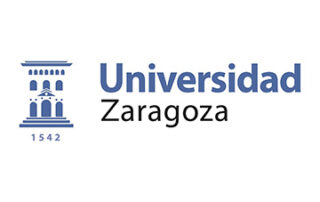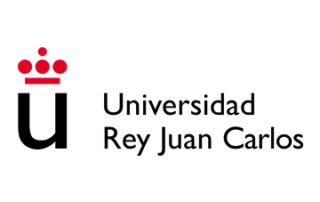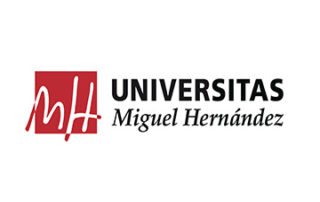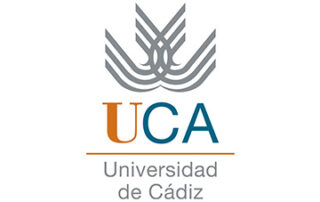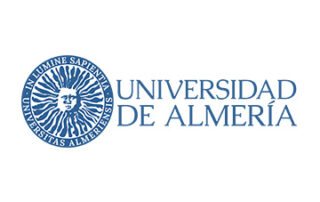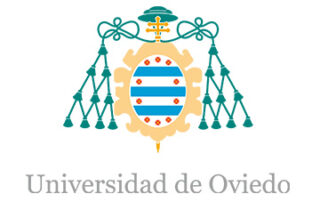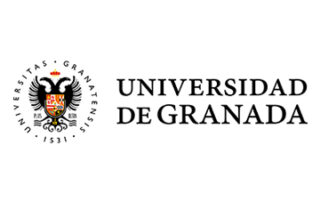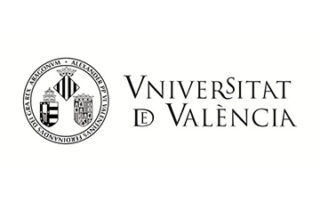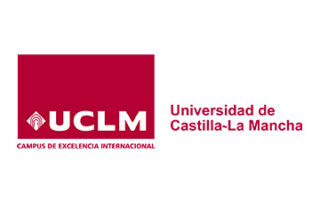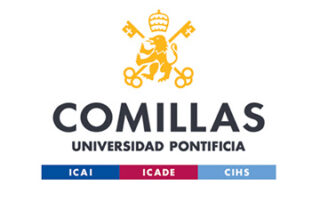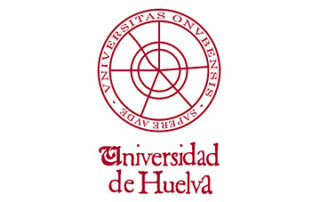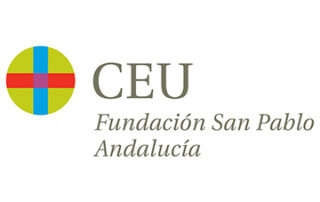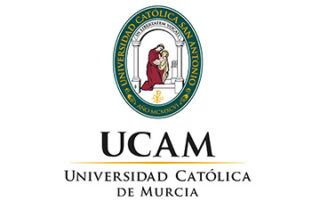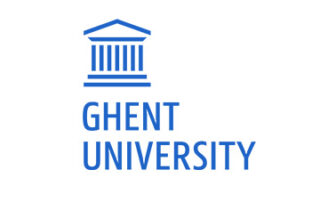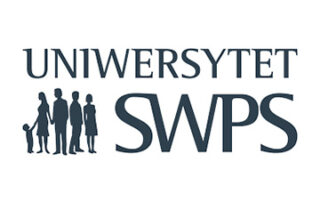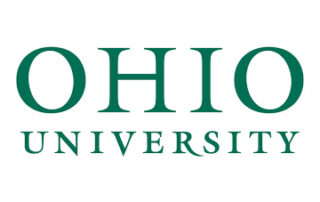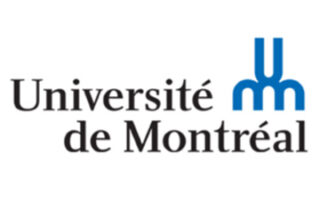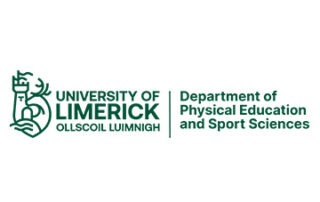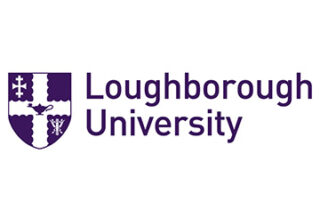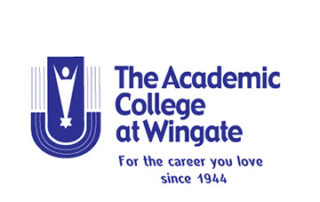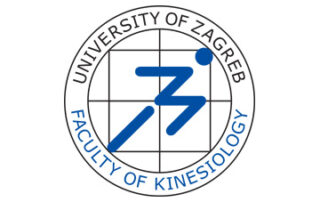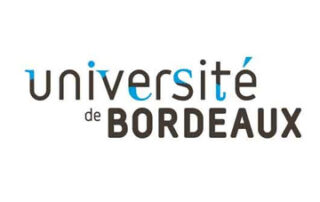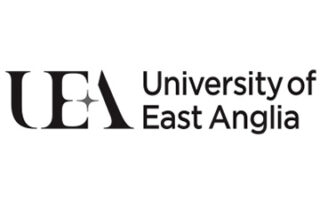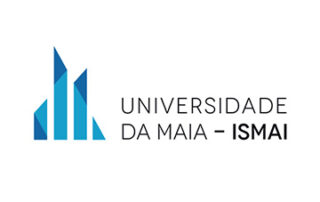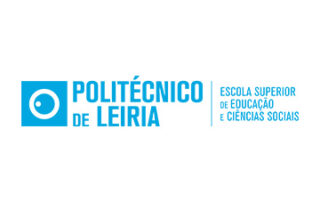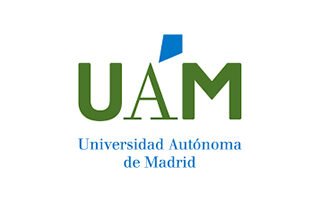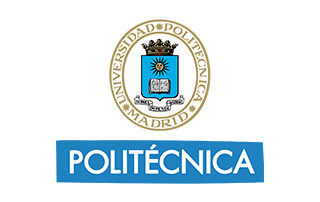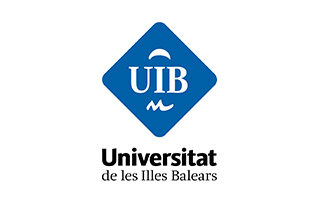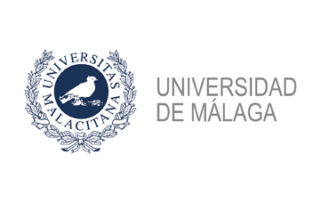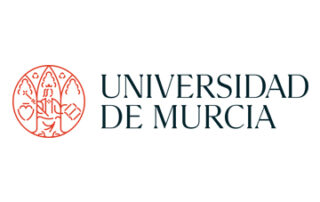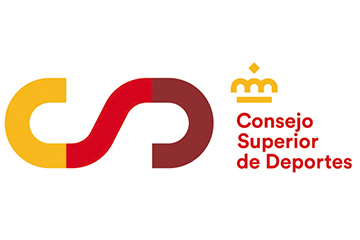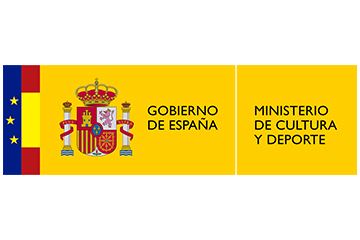Despite the physical, psychological, social and cognitive benefits of adopting a healthy lifestyle, most children and adolescents do not comply with the recommendations for physical activity and other health-related behaviors (duration sleep, screen time, eating patterns, etc.) (Marques, Loureiro, Avelar-Rosa, Naia, and de Matos, 2018); to which should be added an increase in the prevalence of overweight and obesity in young people.
To combat this serious public health problem, the World Health Organization (WHO) has drawn up different plans, such as the ‘Global Action Plan on Physical Activity 2018-2030: More Active People for a Healthier World’, which aims to increase PA levels in adolescents and adults by 15% by 2030, and through four strategic objectives:

However, despite the fact that a large amount of human and financial resources have been invested, different systematic reviews have shown the lack of effectiveness, sustainability and transfer of the interventions on the promotion of healthy habits carried out (Love et al., 2019), and also a lack of effectiveness of school intervention programs aimed at improving the practice of physical activity and other healthy habits in children and adolescents (Borde et al., 2017).
On the other hand, of all the agents in the educational field, some authors have highlighted the Physical Education teacher as one of the most influential educational agents in the practice of PA, as well as in other healthy habits, in students (Slingerland and Borghouts, 2011).

Physical Education teachers can influence the promotion of healthy habits both directly (eg, by contributing in Physical Education classes to meeting the levels of moderate and vigorous physical activity), and indirectly (eg, transmitting knowledge, attitudes and skills necessary for students to adopt a healthy lifestyle) (Slingerland and Borghouts, 2011); This indirect promotion route is especially relevant.
In this way, the Physical Education teaching staff acquires an even more important complementary role as an educator, facilitator and promoter of an active and healthy lifestyle, with the aim that students continue to carry out physical activity in their leisure time and throughout his life.
In addition, the accumulated experiences in Physical Education are decisive when adopting or not a healthy lifestyle. Repeatedly accumulated negative experiences are associated with feelings of incompetence and abandonment of the practice of PA (Beltrán-Carrillo et al., 2018). However, positive experiences in PE classes in childhood have been related to a greater intention to engage in physical activity, and to a reduction in sedentary behavior in adulthood (Ladwig, Vazou, & Ekkekakis, 2018). In this sense, PE teachers have a direct responsibility for the experiences generated in their classes.
How do pedagogical models influence to improve teaching in Physical Education?
Can the intervention carried out by Physical Education teachers be improved? How does the teaching interpersonal style influence the development of positive experiences in Physical Education classes?
How should interventions to improve healthy habits be developed from schools and from the area of Physical Education?
These and many other issues are what will focus the efforts of this Network in the coming years.


 Network participants
Network participants